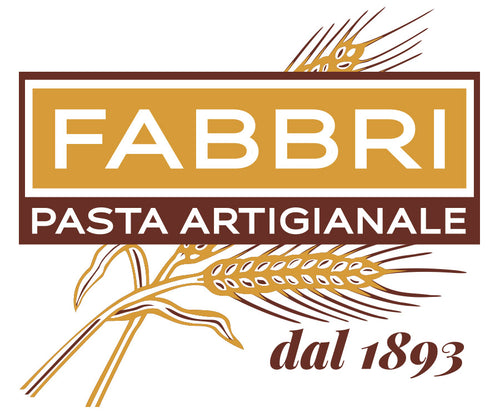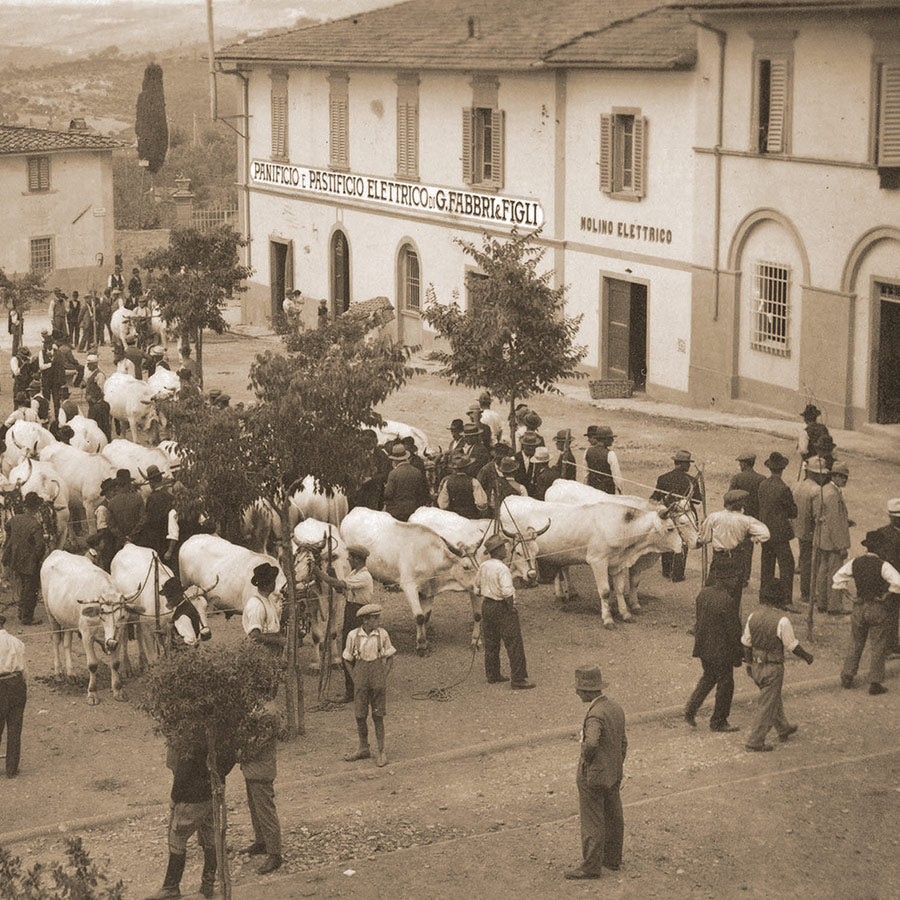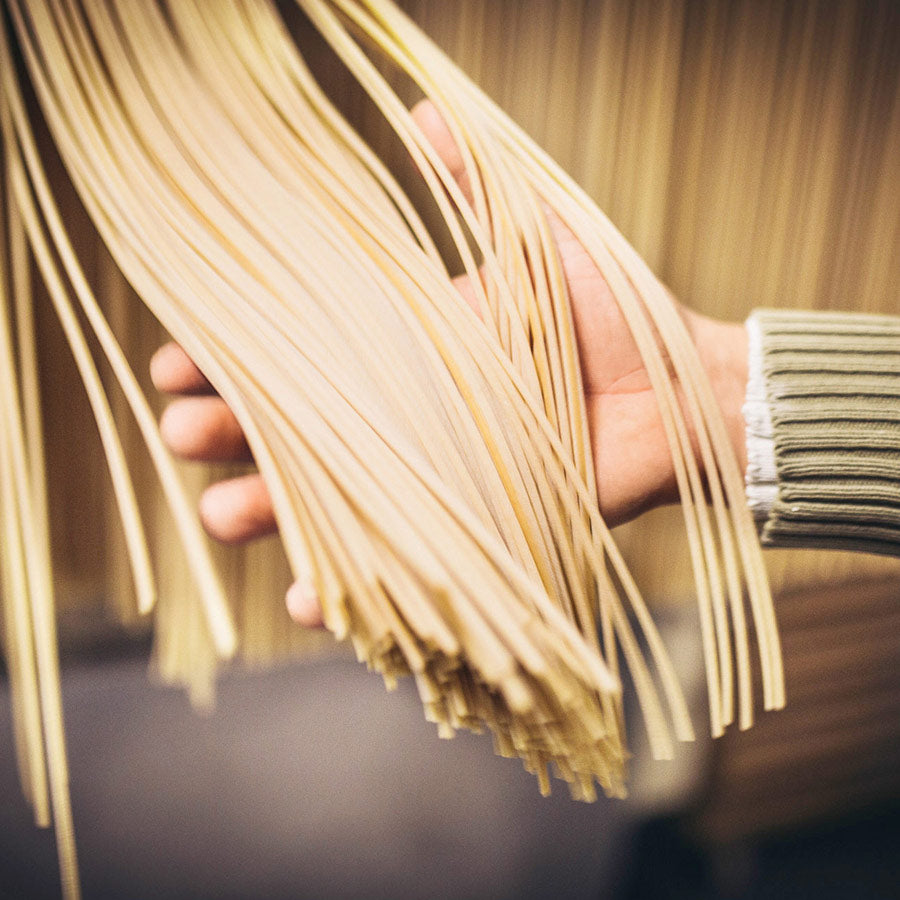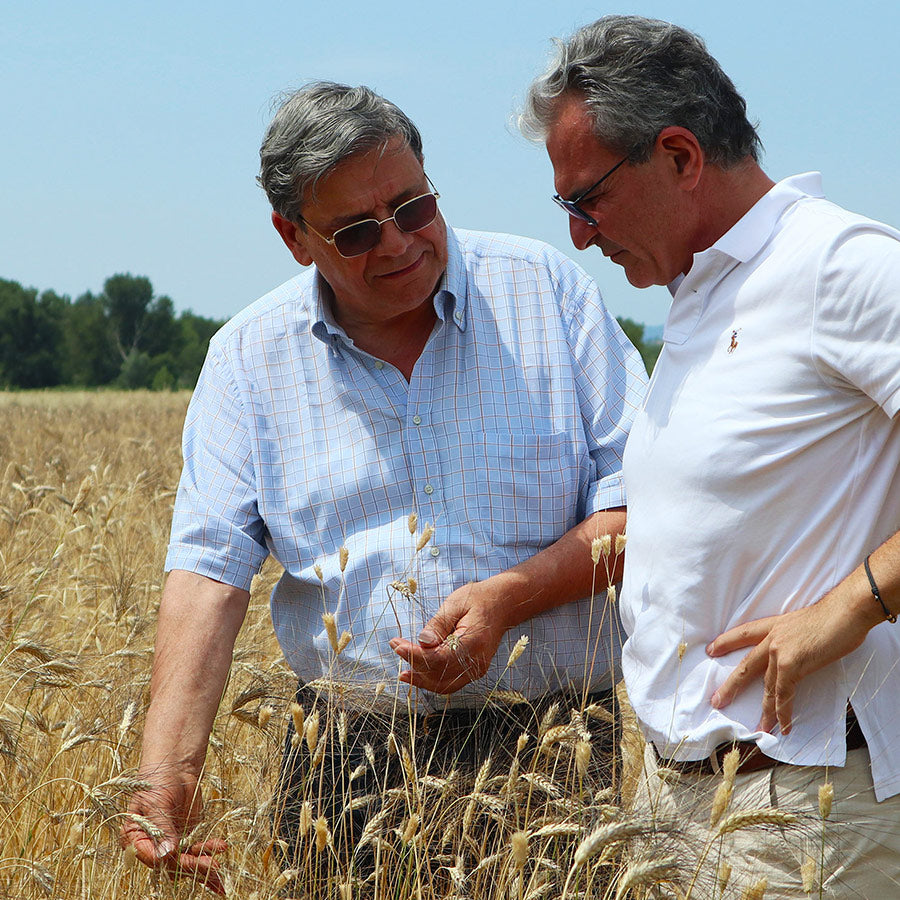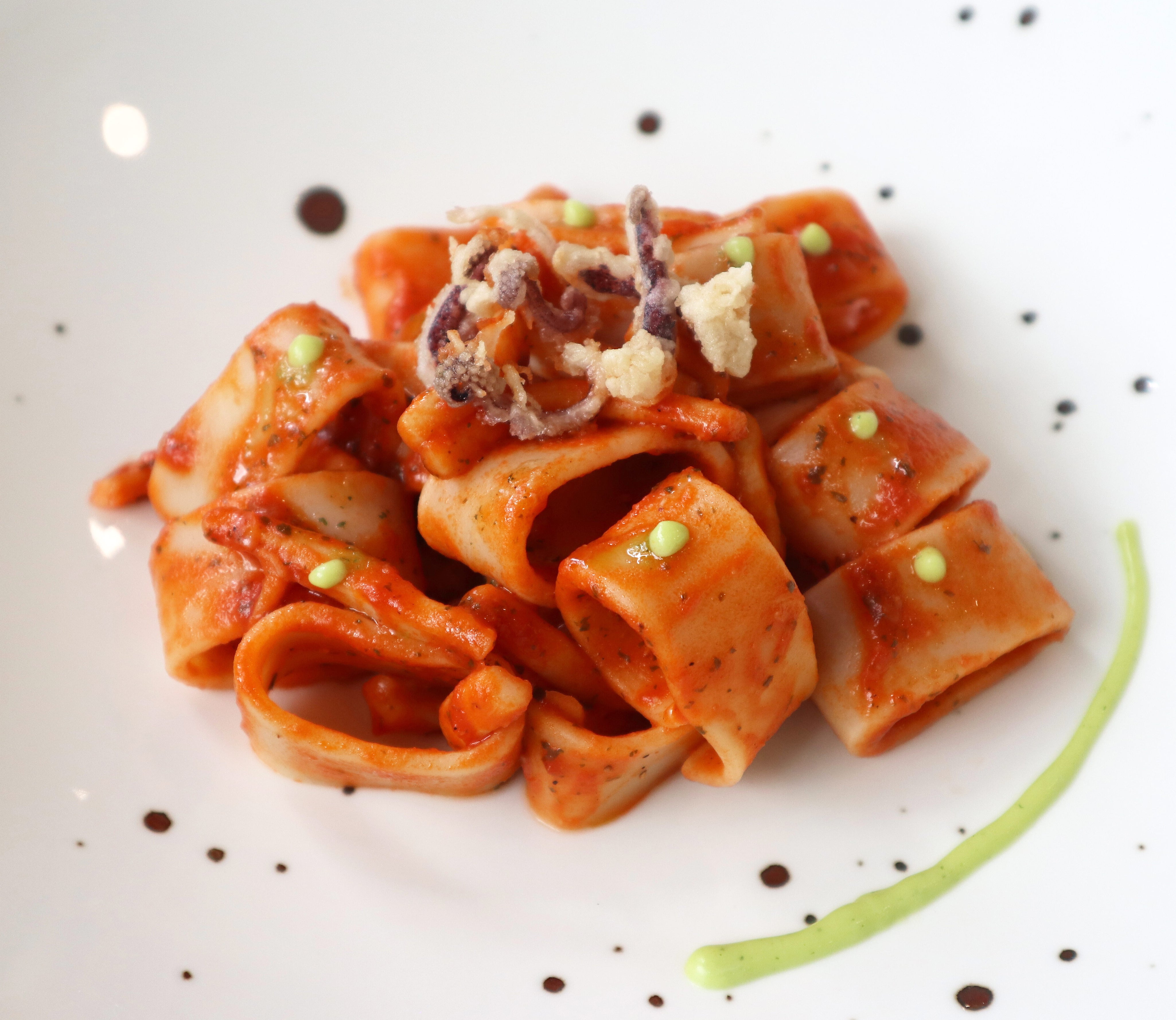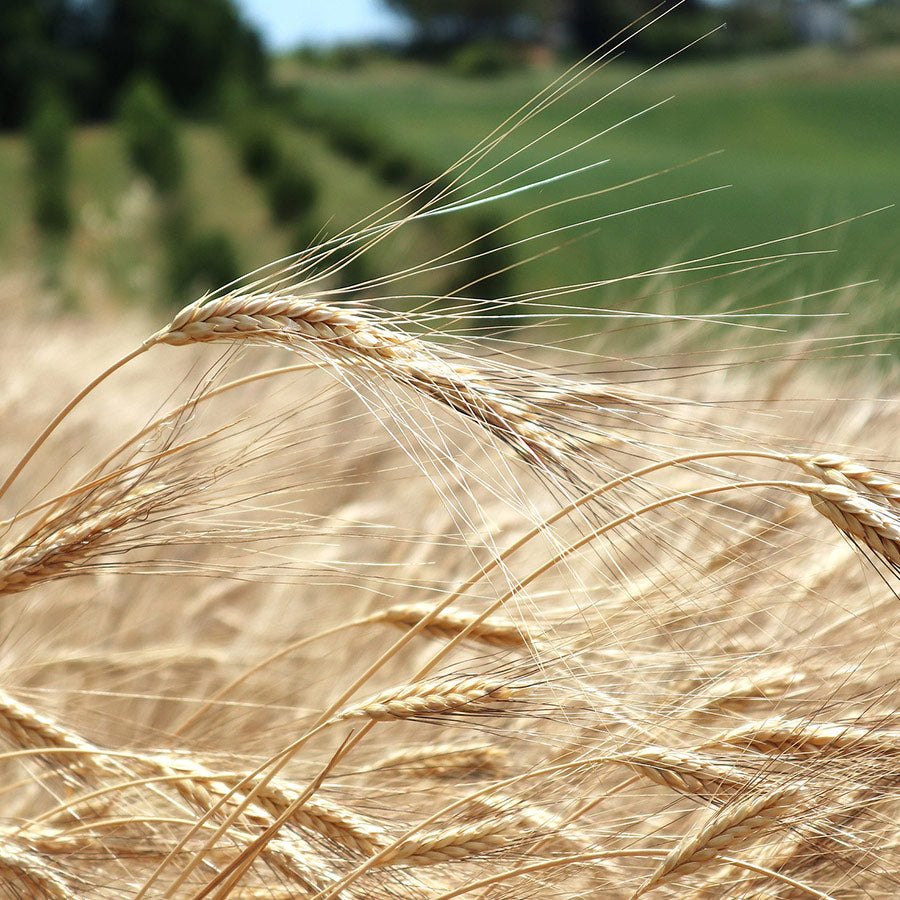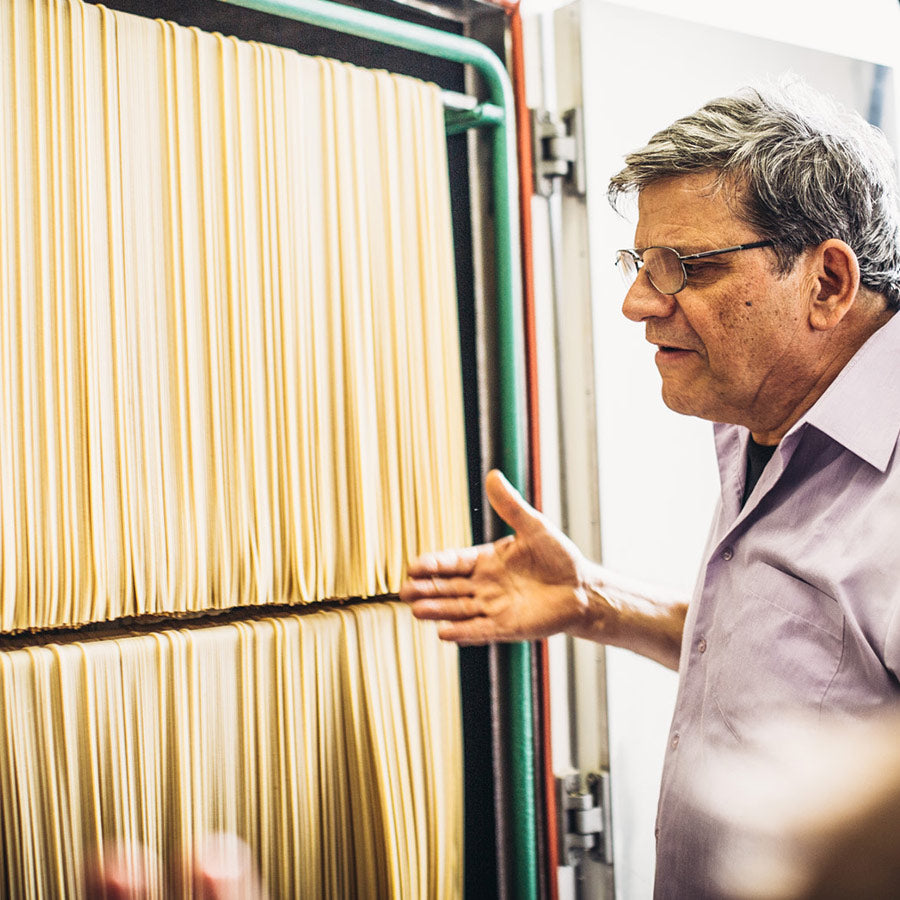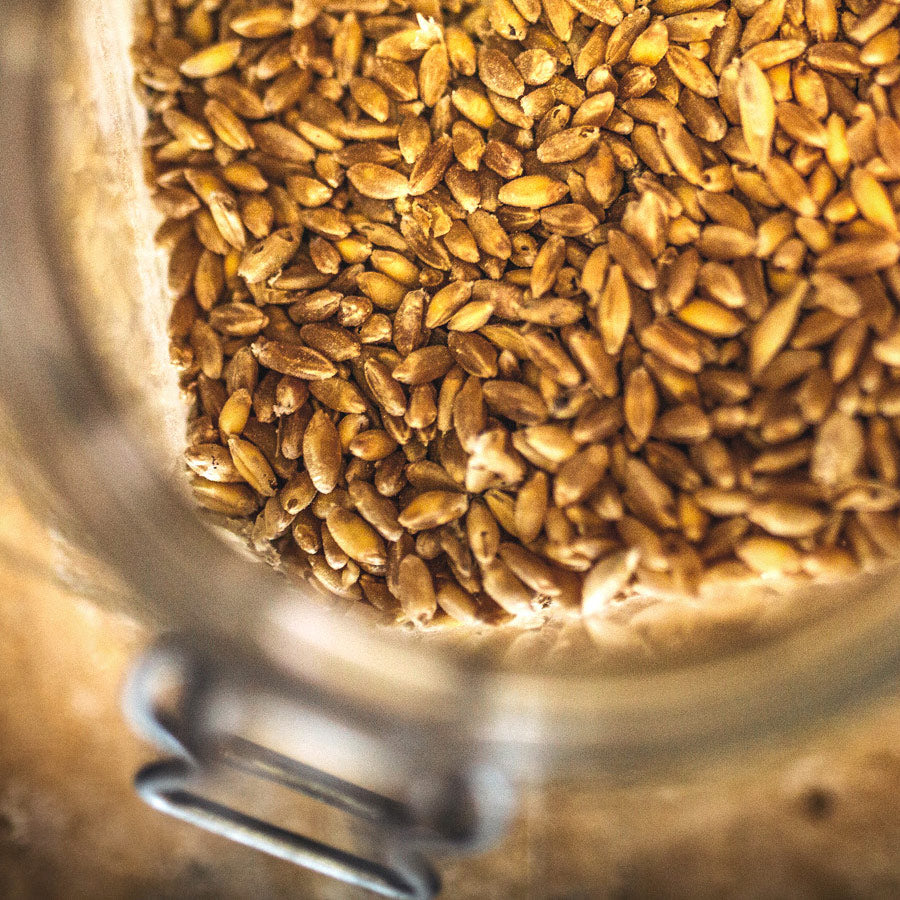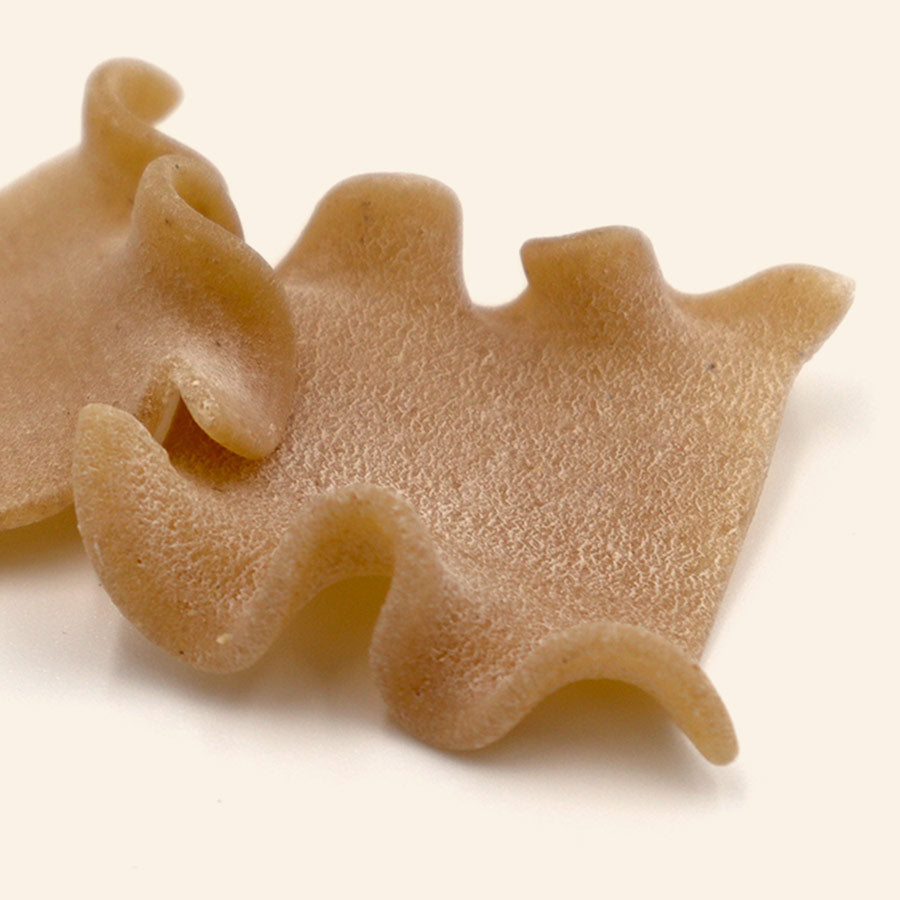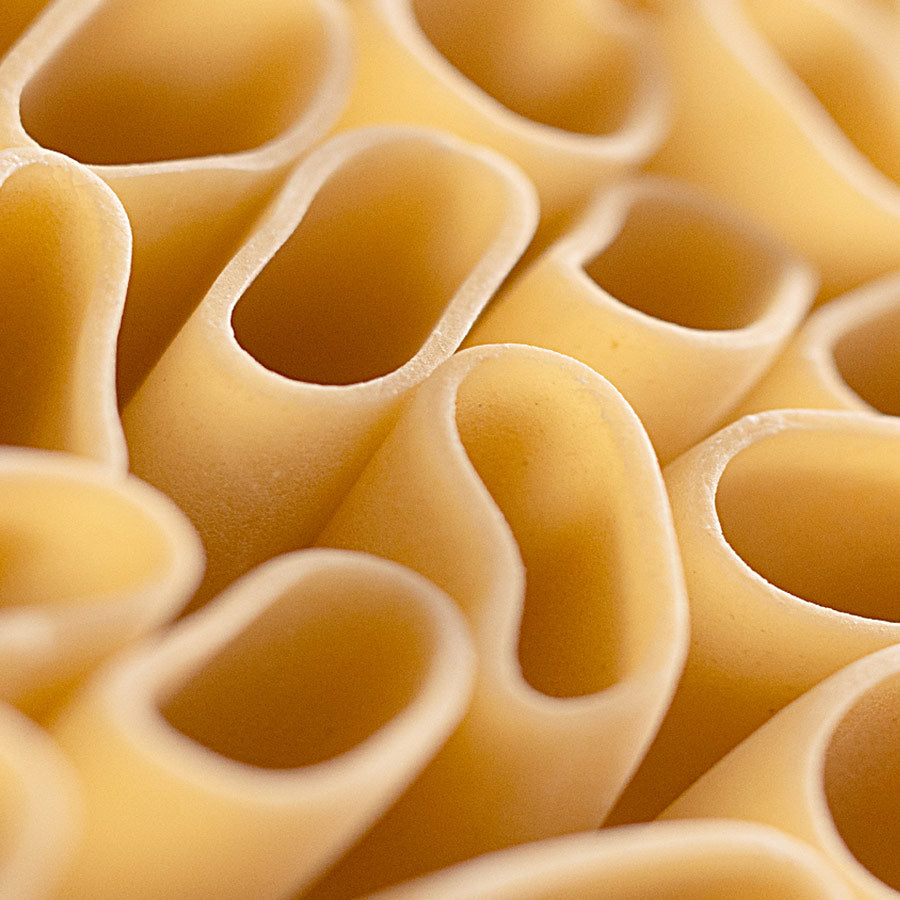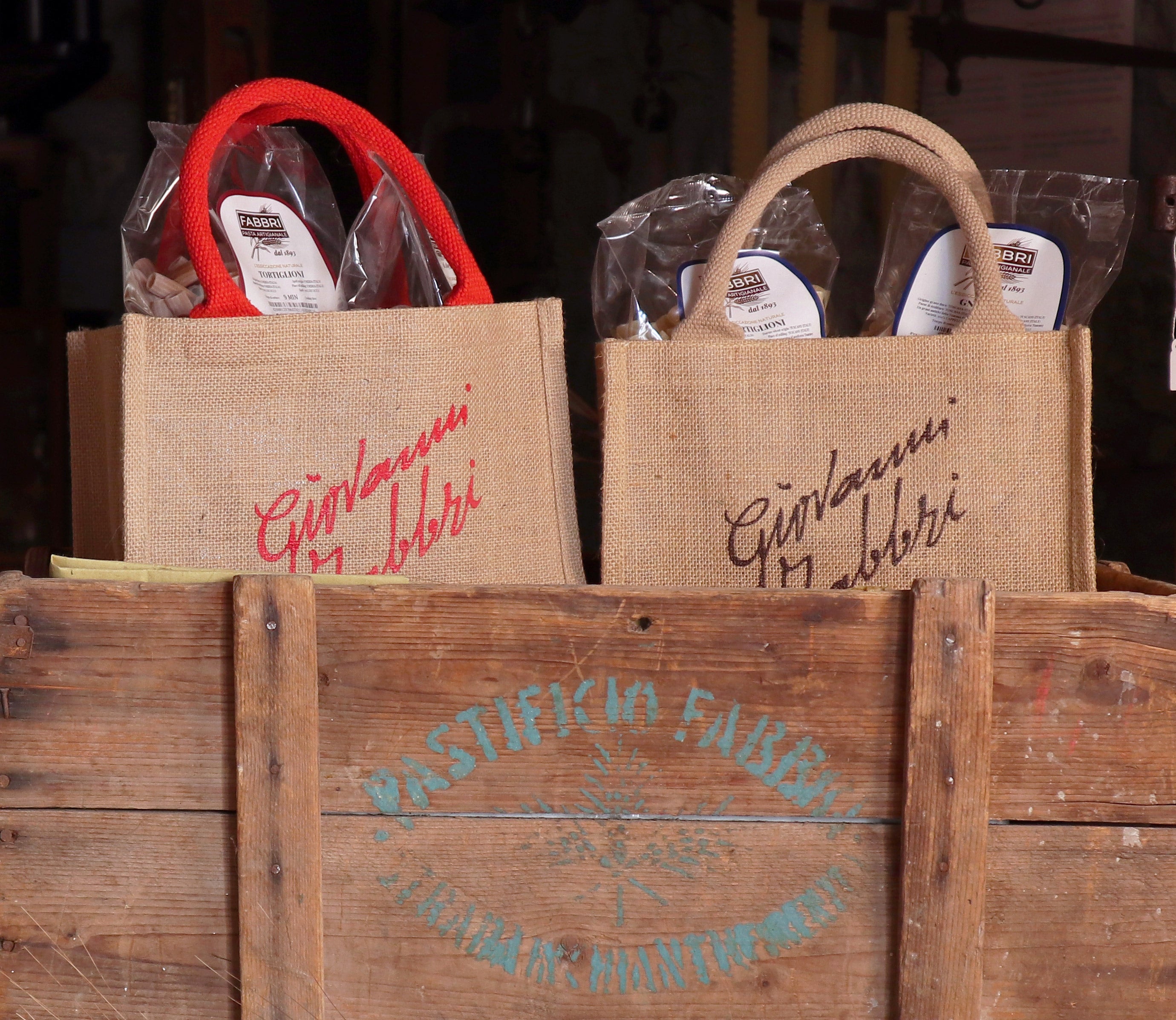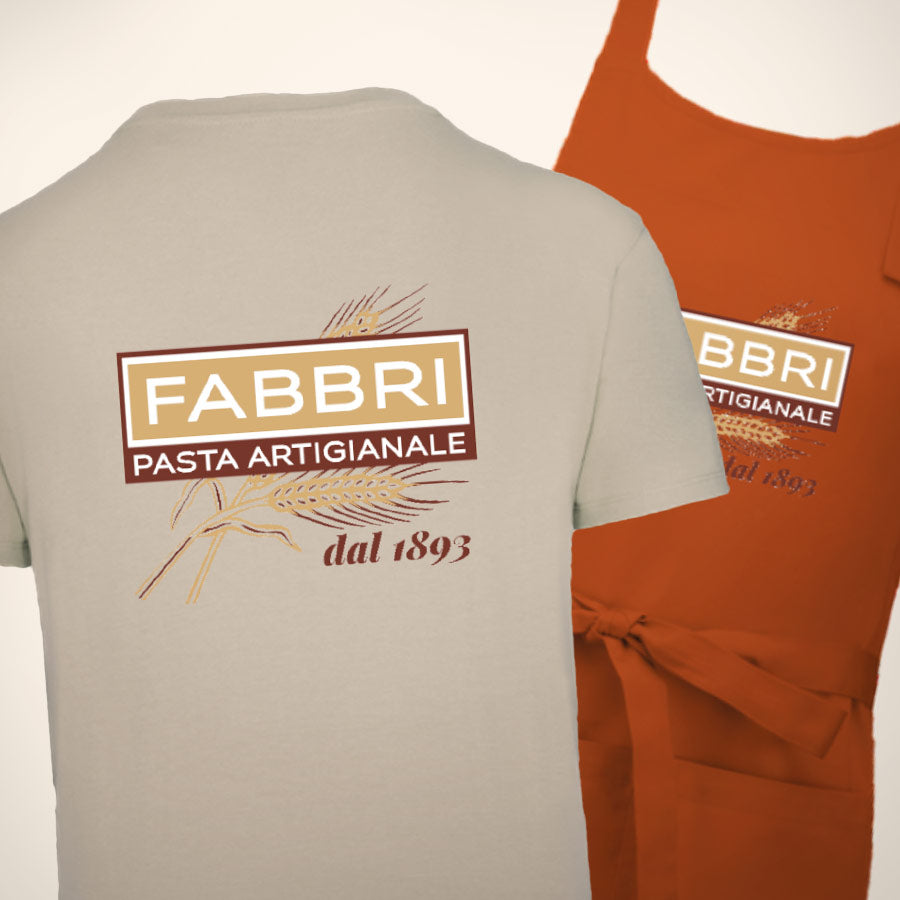3 curious facts about italian artisanal pasta

Have you ever wondered how pasta became the queen of the table? Originally, it wasn't considered a main dish but rather a side, much like bread, or an ingredient used to add texture to broth.
Over time, however, it took center stage in Italian culinary tradition, giving rise to endless combinations of pasta shapes and sauces. It’s no coincidence that on restaurant menus, it’s simply called ‘primo’, a sign of its undisputed importance in the kitchen.
In this article, we’ll explore 3 fascinating facts about Italian artisanal pasta together.
Sicily: a pioneer in the production of dry pasta
You may not know this, but although Sicily is not the birthplace of pasta, it played a crucial role in its history. As early as the 12th century, under Arab influence, the island became a key hub for the production and trade of dried pasta, thanks to a well-developed supply chain that combined tradition and innovation.
Sicilian durum wheat, renowned since Roman times for its superior quality, was cultivated, milled in local mills, and transformed into pasta using refined techniques that ensured an excellent product, highly sought after even beyond regional borders. At a time when pasta was considered a luxury mostly reserved for city dwellers, Sicily helped to democratize it. Durum wheat was so abundant on the island that even farmers could afford it occasionally—unlike in other Italian regions, where people mainly consumed poorer grains like rye and barley.
This is how dried pasta began to spread, evolving from an exclusive commodity into an integral part of Italian food culture.
 Durum wheat fields of Castelvetrano Selinunte, 2021
Durum wheat fields of Castelvetrano Selinunte, 2021
Only Durum Wheat: The Rule of True Italian Dry Pasta
Not all pasta is the same, and this truth was evident centuries ago, just as it is today.
To counteract the use of lower-quality flours, in 1371, the authorities of Palermo introduced a specific pricing system for "maccaruni blanki di symula" and "lasagni di simula", setting a maximum price to ensure quality.
Naples also took measures to protect the quality of pasta: a decree from 1565 mandated the exclusive use of pure semolina for the production of "vermicelli", while in 1604, the use of mixed flours was definitively banned.
Today, this same focus on quality is reflected in DPR 187 of 2001, which requires that only durum wheat semolina be used in the production of Italian dry pasta, preserving the tradition and excellence of the product.
At Pastificio Fabbri, this philosophy is more alive than ever: Giovanni and Marco Fabbri carefully select the wheat, strictly excluding any supplies containing more than 3% soft wheat, ensuring that the quality of gluten and starch—essential elements for exceptional pasta—is never compromised.
The Drying of Pasta: From the Neapolitan Tradition to the Innovation of Renato Rovetta
Drying has always been one of the most delicate phases in the production of dry pasta. In Southern Italy, thanks to the favorable climate and the ingenuity of pasta makers, the so-called “natural Neapolitan drying” method was developed, making the region a reference point for this technique.
Pasta had to dry slowly and evenly, without temperature fluctuations, to preserve its structure and flavor. In summer, the process took about eight days, while in winter, it could last up to twenty days.
Innovation arrived at the beginning of the 20th century with Renato Rovetta, a visionary engineer who revolutionized the industry by inventing an indoor drying system capable of maintaining a constant temperature. This technology was a breakthrough for pasta producers in northern regions such as Friuli and Emilia, where the climate was not ideal for the final phase of the process. Thanks to the thermomechanical dryer, drying times were drastically reduced to between three and six days, depending on the pasta shape, without compromising quality.
Today, at Pastificio Fabbri, this tradition continues: we use the Garbuio drying chamber (1956), which operates on the same principles of ventilation and constant temperature control, strictly maintained below 38°C. Just as it was done in the past, our pasta dries slowly over a period of three to six days, depending on the format, ensuring an artisanal product of the highest quality, in perfect continuity with Italy’s great pasta-making tradition.
 Drying process at Pastificio Fabbri, 1959
Drying process at Pastificio Fabbri, 1959
Source: S. Serventi and F. Sabban, La Pasta: History and Culture of a Universal Food, Laterza, Rome-Bari, 2004, p. 532.
